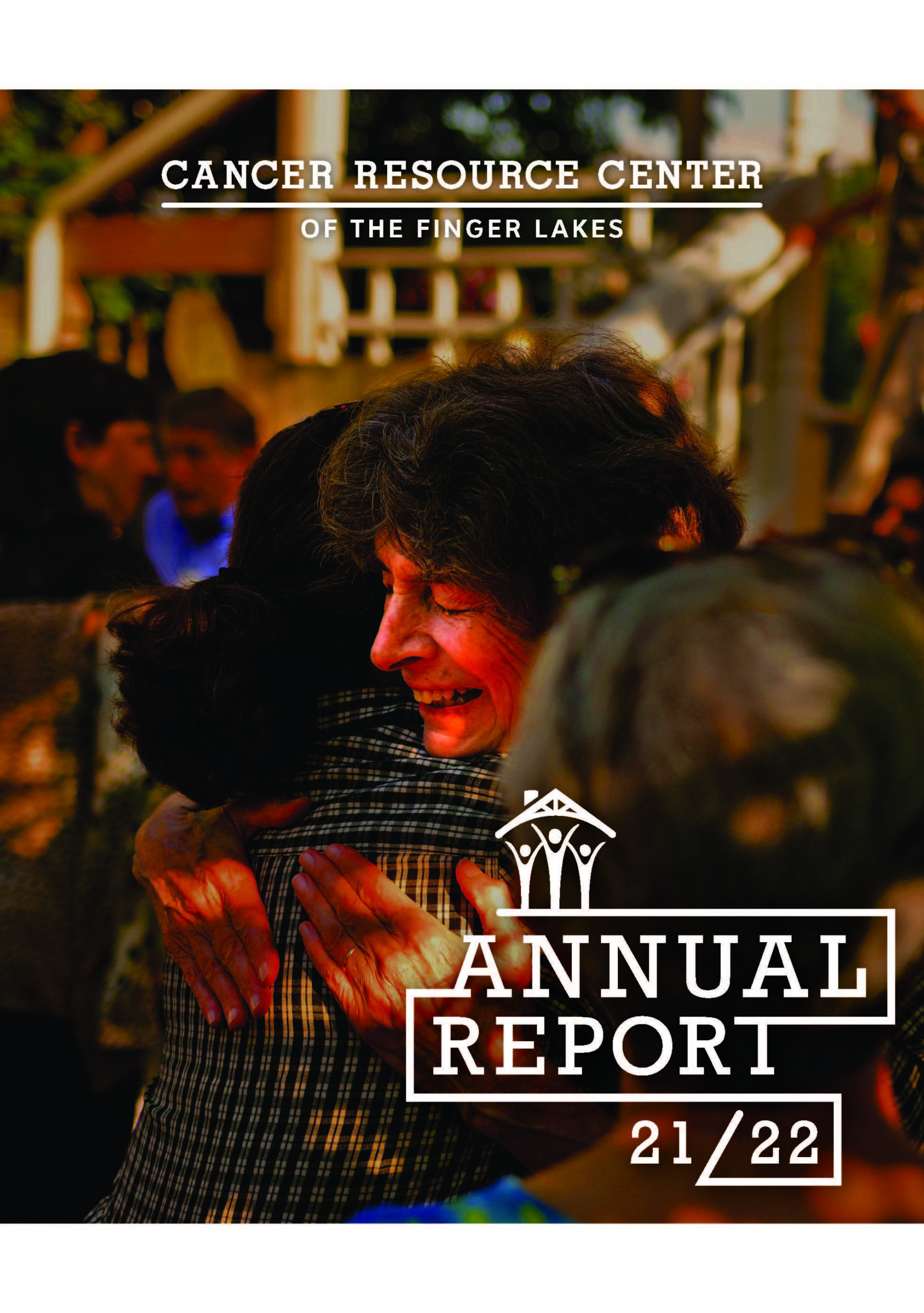A brain tumor occurs when there is a growth of abnormal cells in the tissues of the brain. The American Brain Tumor Associationreports that nearly 80,000 new cases of primary brain tumors are expected to be diagnosed this year.
Tumors are known for interrupting normal activity like thinking, speaking, moving and breathing. Some are cancerous (malignant), while others are non-cancerous (benign).
Primary brain tumors start in the brain while metastatic begin elsewhere and move to the brain. Brain tumors appear in people of all ages, but primary brain tumors appear more frequently in children and older adults while metastatic brain tumors are more common in adults.
Symptoms of brain tumors include headaches, seizures, hearing or vision loss, fatigue, mood swings, and cognitive changes. When a brain tumor is suspected, doctors will often scan the brain for images that will inform a diagnosis. Many tests are commonly performed to confirm the presence of a brain tumor such as a neurological exam, DNA profiling, laboratory tests, and a biopsy procedure.
There are over a hundred different types of brain tumors. Factors that influence your likelihood in developing a brain tumor are race, age, gender, family history, genetic disorders, and exposure to formaldehyde, vinyl chloride, or acrylonitrile. Genetics and exposure to chemicals are factors for some but not all.
Depending on the type, location, size and grade of a tumor as well as the age and health of a patient, there are different treatment options for brain tumors. Common treatments include steroids, surgery, chemotherapy, radiation, proton therapy, alternative and integrative medicine, and clinical trials.
Good Sources of Information
- National Cancer Institute: What You Need to Know about Brain Tumors
- Medline Plus: Brain Tumors
- University of Michigan Comprehensive Cancer Center: Brain Tumors
- Cancer Care: Brain Cancer
- Brain Tumor Network
- Accelerate Brain Cancer Cure (ABC2)
National Support Organizations
#gograyinmay #BTAM #BrainTumorAwarenessMonth





